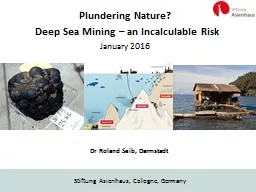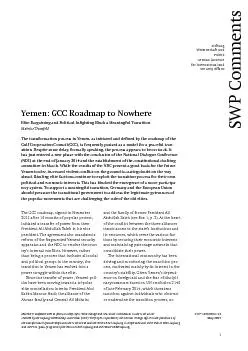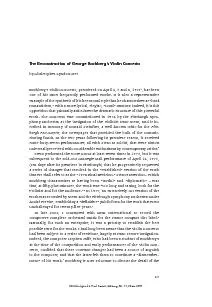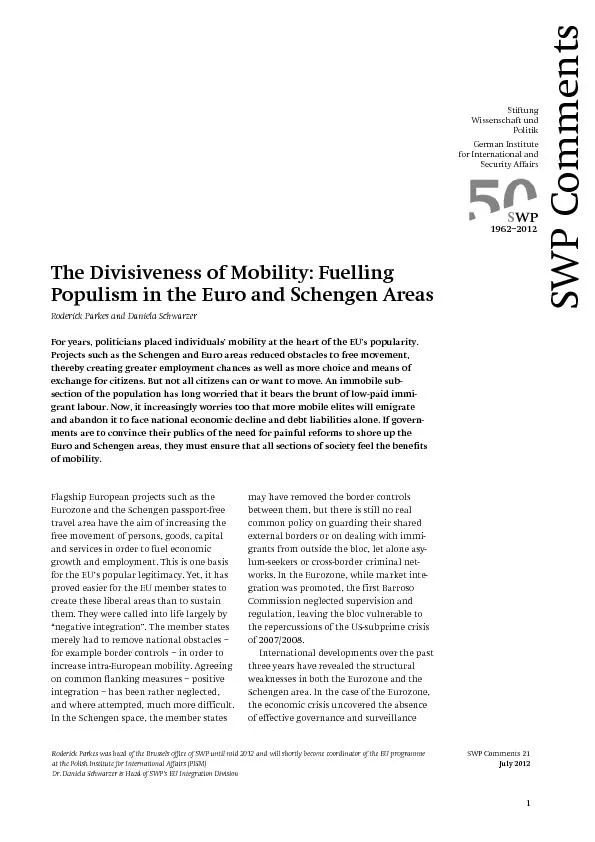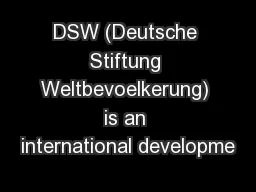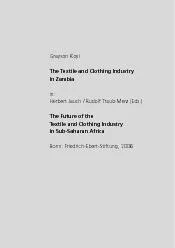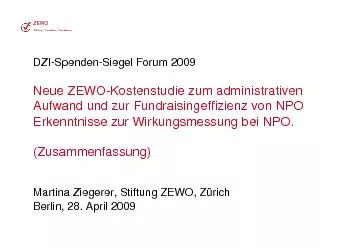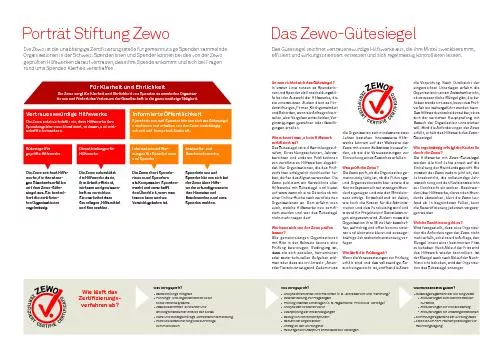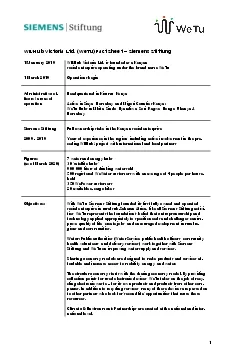PPT-Stiftung Asienhaus,
Author : min-jolicoeur | Published Date : 2016-11-04
Cologne Germany Plundering Nature Deep Sea Mining an Incalculable Risk January 2016 Dr Roland Seib Darmstadt Structure of the presentation Regulatory framework
Presentation Embed Code
Download Presentation
Download Presentation The PPT/PDF document "Stiftung Asienhaus," is the property of its rightful owner. Permission is granted to download and print the materials on this website for personal, non-commercial use only, and to display it on your personal computer provided you do not modify the materials and that you retain all copyright notices contained in the materials. By downloading content from our website, you accept the terms of this agreement.
Stiftung Asienhaus,: Transcript
Download Rules Of Document
"Stiftung Asienhaus,"The content belongs to its owner. You may download and print it for personal use, without modification, and keep all copyright notices. By downloading, you agree to these terms.
Related Documents

